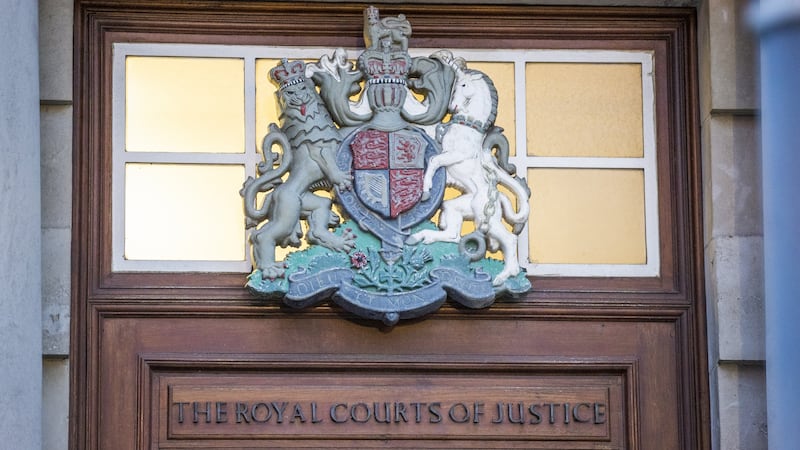AS he addressed the RHI inquiry's preliminary hearing, Sir Patrick Coghlin quipped on his decision to chair the probe: "So much for retiring."
The former judge only retired in summer 2015, but less than two years later finds himself trying to untangle a scandal that collapsed the north's devolved government.
And given how Sir Patrick yesterday made clear the sheer scale of the task at hand, retirement may now look rather more appealing in retrospect.
When the inquiry was launched in January by Sinn Féin's Máirtín Ó Muilleoir amid growing political pressure, the then finance minister said he hoped a report would be delivered within six months.
However, the investigation is only set to begin hearing oral evidence by the end of that time frame.
Sir Patrick has insisted his inquiry will "fearlessly examine the evidence", and will not compromise rigour for the sake of a speedy conclusion.
He expects documentary evidence to run to "many hundreds of thousands of pages, if not more".
It's not uncommon for public inquiries, regardless of the subject matter, to take years to conclude – as keenly evidenced in the Republic.
The Mahon Tribunal, which investigated corruption in the planning process, began in 1997 and was completed in 2012. It is expected to cost €159m when all the bills are finally settled.
The Moriarty Tribunal, which examined the financial affairs of former Taoiseach Charles Haughey and ex-Fine Gael communications minister Michael Lowry, ran from 1997 to 2011 and cost around €46m.
Speaking in Stormont's Long Gallery yesterday, Sir Patrick said "no time limit has been set" for his inquiry and giving a timescale for its conclusion is "simply not possible".
In draft budget proposals published by Northern Ireland secretary James Brokenshire, £4.3m is set aside for the RHI inquiry during this financial year alone.
If the Renewable Heat Incentive probe stretches beyond 2017-18, it appears further finances could be required.








